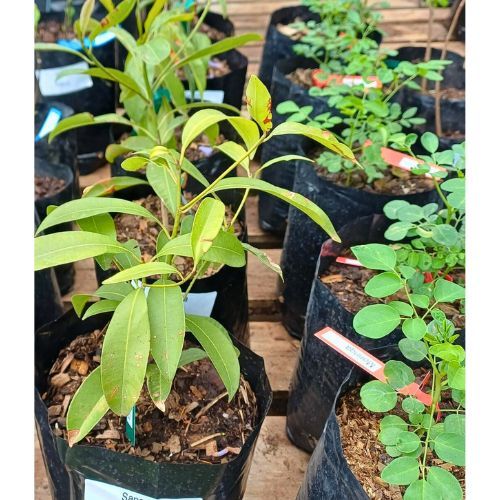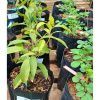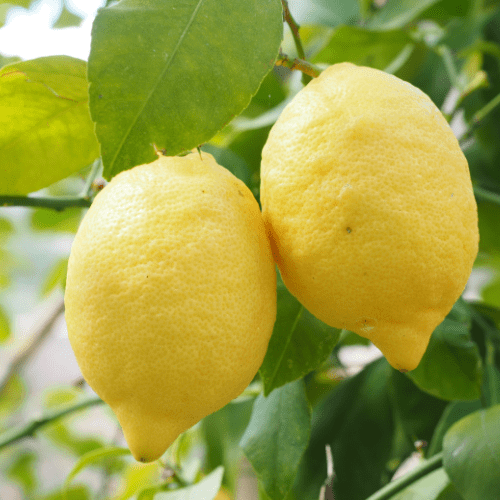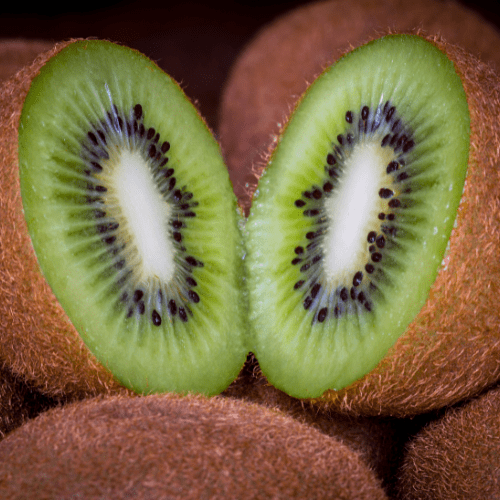Position
They require well-drained soil with good fertility and prefer slightly acidic to neutral pH levels.
Adequate rainfall or irrigation is essential for their growth.
These trees are drought-tolerant once established but benefit from regular watering, especially during dry periods.
Fertilising:
Sapodilla trees benefit from regular fertilisation during their growing season, which is typically in the spring and early summer. Our berry fertiliser is a great slow-release for all fruit trees.
A small amount of Epsom Salts can encourage fruit set in Spring.
Mulching:
Add a thick layer of pine bark mulch, keeping it about 20 to 30 centimetres away from the tree trunk (any closer may cause excess moisture and damage the trunk). This will retain the moisture in the soil and will prevent weeds from taking over.
Pests and Diseases
Aphids, citrus psylla, red scale, citrus greening. Spraying regularly with Agricultural Neem Oil or Effective Microorganisms (EM Control ) will assist in either prevention or after the fact. If you already have aphids or mites, wash the tree with a harsh hosing, and when dry, spray with Neem oil or EM Control.
Practice good garden hygiene (remove fallen fruit and leaves).
Watch for root rot (if overwatered) and fungal infections during wet periods.
Pruning
Pruning is essential to maintain the tree’s shape, promote air circulation, and facilitate fruit harvesting. It’s best to prune sapodilla trees during the dormant season.
Harvesting:
Sapodillas are typically harvested when they are slightly firm and can be easily separated from the tree. Ripe fruit gives slightly when gently squeezed.
Post-harvest ripening at room temperature can further enhance the fruit’s flavour and texture.








